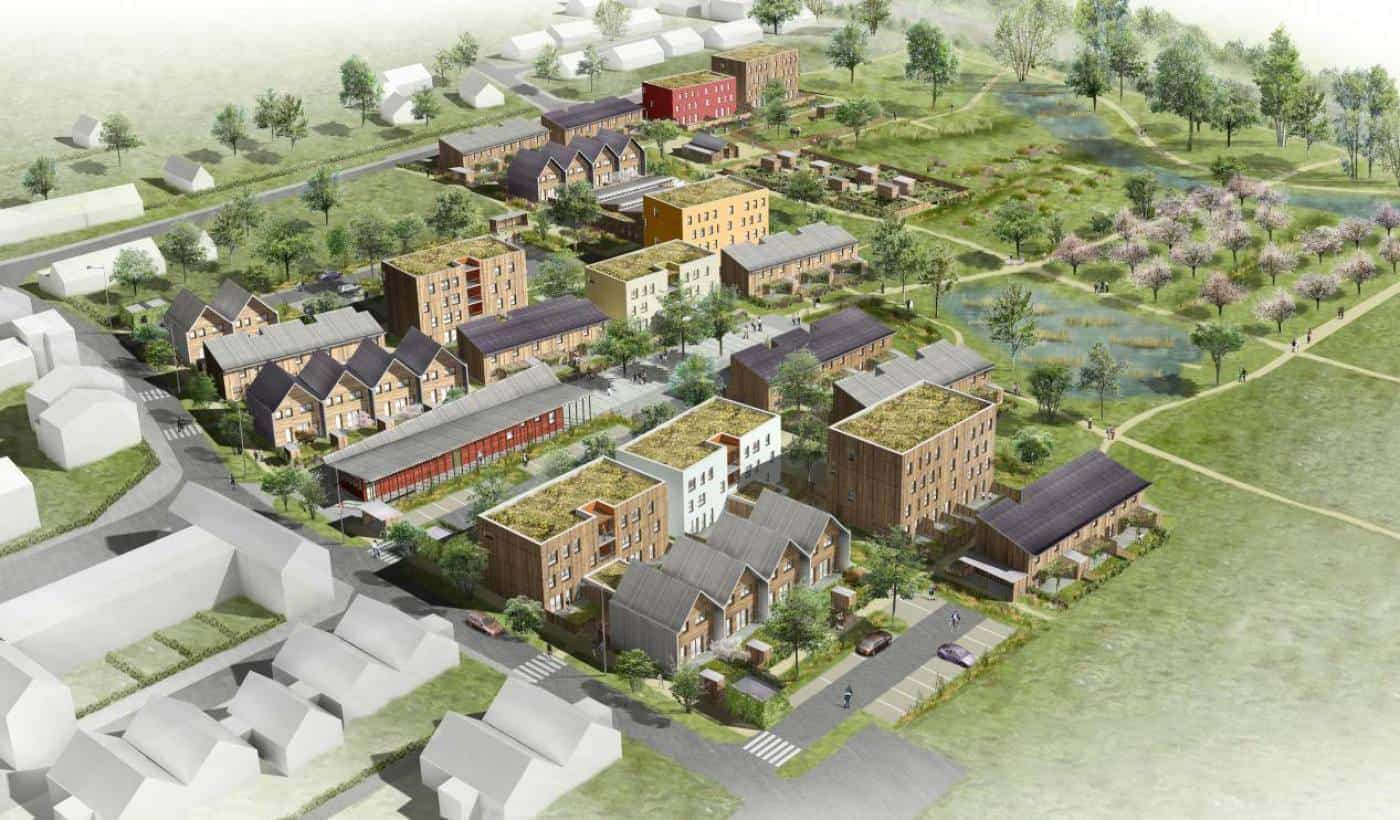
Towns and buildings desperately seeking biodiversity
4 minutes of reading
UN experts have issued a chilling verdict: in cities and in the countryside, biodiversity is at death’s door. The good news, as with climate change, is that it is not too late. Although natural areas remain the priority, urban planners and developers in the broad sense must learn to build, to rebuild cities and buildings that will let ecosystems flourish, where ecological continuity really comes into its own.

On Monday 6 May 2019, the 450 experts commissioned by the UN, via Ipbes*, published their report on biodiversity and their overall assessment of ecosystems. Their findings were unequivocal: biodiversity is in very bad shape. According to them, one million species of plants and animals are at risk in the short term. The immediate result was that more and more people are making their voices heard to demand that this issue be tackled on the same scale as climate change. Rightly so, moreover, as the two issues are closely linked.
Acting without conscience
We now know that urban development, including the overconsumption of resources, intensive agriculture and the massive use of pesticides, is one of the factors in this upcoming disaster. Metropolises and urban development projects are an aggravating factor, including so-called ‘green neighbourhoods’, most of which are very mineral, with animal and vegetable biodiversity being taken into consideration only very rarely. Preserving it and allowing it to regenerate, as part of an overall approach to environmental management, remains too often a matter for specialists.Biodiversity working group
We should not however be too strict on ourselves: merely defining it and understanding how it interacts with buildings and the city are complex tasks, and campaigns have been launched in this regard. Thus, the Sustainable Building Plan founded a working group in 2014, and the group’s report of December 2015, as amended in July 2018, sets out their initial conclusions. This document, which defines the challenges faced, provides a shared definition of biodiversity, formulates proposals and contains an exhaustive list of specific initiatives for taking action. The report states that biodiversity must benefit from the same level of attention as energy management, reducing CO2 emissions and water management, differentiating as necessary between the different stages in a building’s life – construction, operation, management and demolition – or the equivalent stages for a building or a city. This has been a wake-up call for Bouygues Construction as well: “Our commitment to biodiversity is one of the pillars of our Responsible & Committed policy”, explained Anaïs Duperron, environment project manager. “This is manifested by developing new expertise internally, devising new offers and setting up partnerships with specialised players. We are transforming our activities to limit our impact and to bring nature back to cities. ”Overall environmental approach
To achieve this, project owners or developers seeking to take this aspect into account in their projects will have to do more than merely contact a landscape gardener. Experts such as ecologists have to be on board, right from the moment at which the need for the building is identified, in order to make recommendations based on impact studies. This is important, as this issue needs to be handled via an overall environmental approach, with a few basic rules that must be observed, e.g. taking an inventory of the flora and fauna present before beginning a project. This diagnostic will give a better understanding of the site’s ecology and any imbalances, so that a plan of action can be defined and the priorities can be established, such as restoring the water supply. This simple act can bring a broken ecosystem back to life, by providing oxygen. More will inevitably need to be done, however, in the form of what some call ‘ecology’ or ‘deliberate biodiversity’, by creating ecological habitats for animals, for example. Of course, this cannot be done without the help of trained personnel, so this might be the first step in the process. Taking biodiversity into account in everyday life does not come naturally. You have to accept the unexpected and allow nature to do its own thing, supporting it but not intervening. This is not easy for the engineers and technicians in city technical departments, who have the Cartesian culture of ‘cleanliness’ and can sometimes be perturbed by complex and unpredictable systems. At this level, this is more a cultural problem than a scientific one.* Intergovernmental scientific and political platform on biodiversity and ecosystemic services
More reading
Read also




What lies ahead? 7 megatrends and their influence on construction, real estate and urban development
Article
20 minutes of reading

